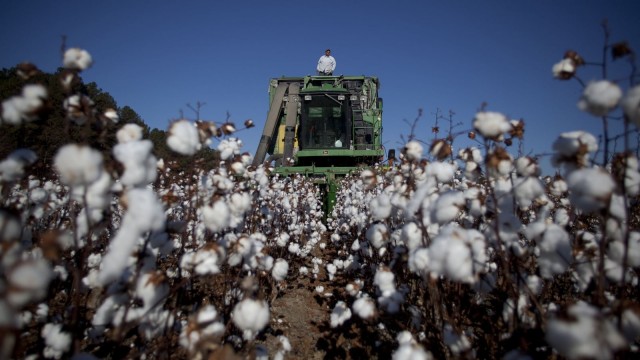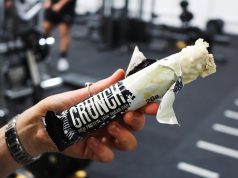When we think about being environmentally friendly, the obvious actions come to mind; gas over electric, train over car, recyclables over non-recyclables, the list goes on. But one thing we may over look is clothing.
The production of textiles is an enormous industry that demands a lot of natural resources such as cotton and water. But it is also industry that adds to the already stupendous amount of global pollution.
Cotton — the cornerstone of the apparel industry — is responsible for 2.6 per cent of the global water use, which may not sound concerning, but by 2030 the demand for water will exceed supply by 40%. It takes 2,700 litres of water to produce an average cotton t-shirt and approximately 7,000 litres of water to make one pair of jeans. The water needed is not only to produce the raw materials, but also in the process of washing and dyeing.
The chemicals used to turn raw materials in textiles are estimated to be 17 to 20% responsible for the pollution of industrial water, with freshwater sources at risk of infiltration.
While other industries are creating a much more significant and deleterious climate footprint, in a climate where it is projected that by 2025, two-thirds of the world’s population will face water scarcity, it’s worth considering the impacts of various industries so that we can find ways to reduce our dependence on them. Every little bit counts!
There are plenty of fashion brands that are ecologically sustainable and still look just as great as their more harmful counterpart. While sustainable clothing brands can come with a higher price tag for obvious reasons, there is a cheaper option – second hand clothing! Op shopping earns you a green thumb, but it’s also a great way to get unique, vintage pieces!
Eco-friendly brands include:
- SVILU
- Kowtow
- Freedom Of Animals
- H&M Conscious Collection
- Mina + Olya
- A Peace Treaty
- Amour Vert
- Reformation
So next time you consider that pair of Levi’s, consider snagging a second hand pair!










